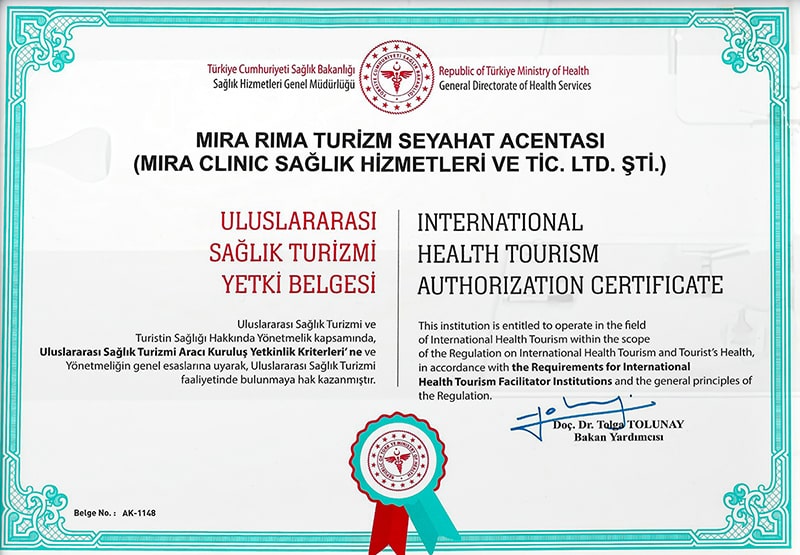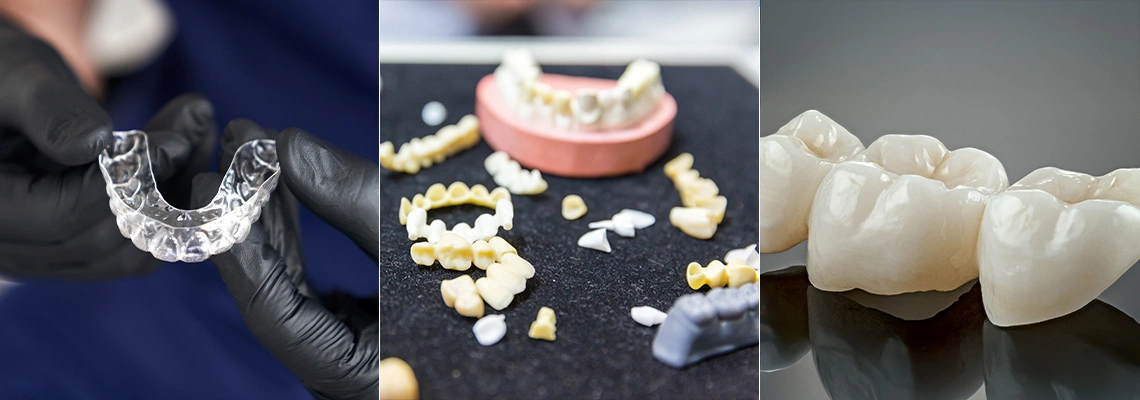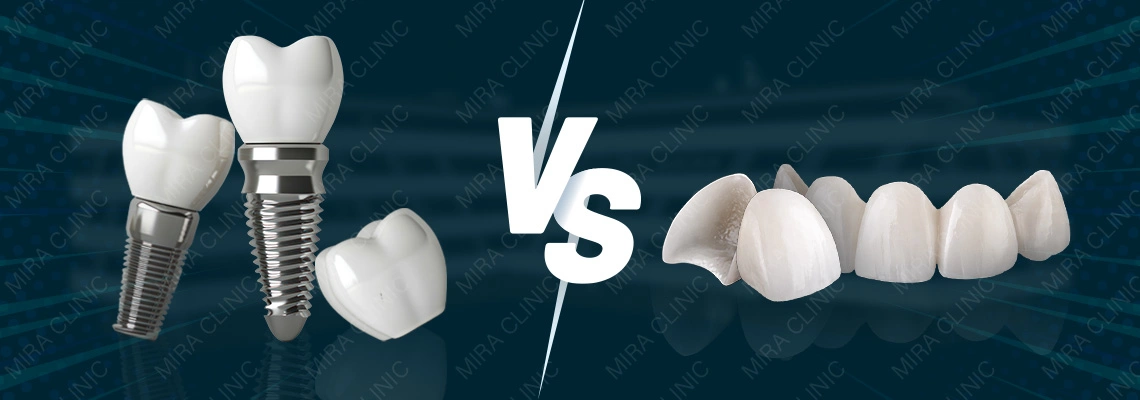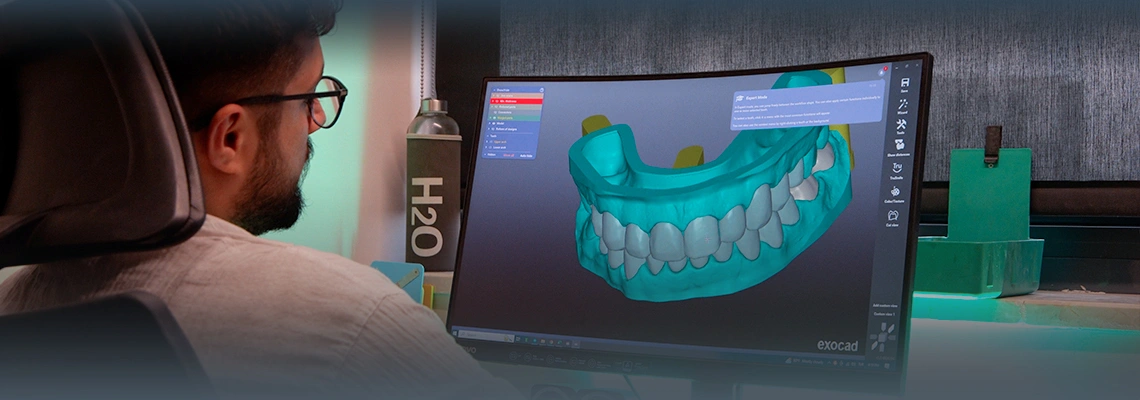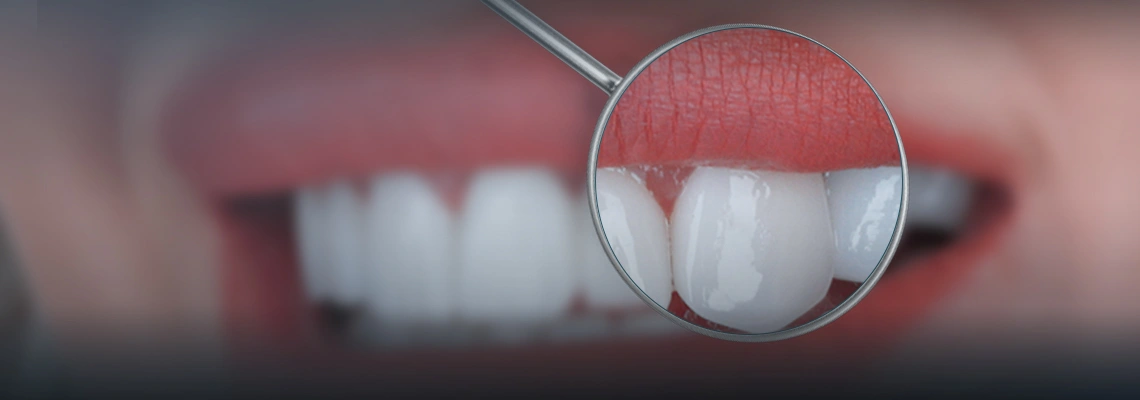Tooth decay is permanent damage that manifests as small holes or cavities and occurs on the hard surface of the teeth.
Dental caries, or tooth decay, is one of the most common health problems worldwide, especially among children, teenagers, and older adults. However, anyone can be susceptible to tooth decay. The pain caused by tooth decay can be bothersome for those who experience it.
Table of contents:
Tooth decay symptoms
The symptoms and signs of tooth decay vary depending on the location and severity of the decay. In the early stages of tooth decay, you may not experience any symptoms at all. However, as the erosion and size of the cavity progress, signs and symptoms may appear, such as:
-
Tooth Sensitivity
-
Brown, black, or white spots on any surface of the teeth
-
Mild or severe pain when eating or drinking sweet, cold, or hot substances
-
Toothache or sudden spontaneous pain without an obvious cause
-
Visible cavities in the teeth
-
Pain when biting down on food
Related articles:
Causes of tooth decay
Every person is susceptible to tooth decay, and the risk can increase due to the following reasons:
-
Tooth location: Tooth decay commonly occurs in the back teeth (molars and premolars) because they have more crevices, pits, and fissures where food particles can accumulate.
-
Consumption of certain foods and beverages: Foods that stick to the teeth for a prolonged period, such as milk, ice cream, potato chips, dry cereals, soft drinks, cakes, and dried fruits, are more likely to contribute to tooth decay compared to foods that can be easily cleaned by saliva.
-
Frequent snacking or drinking: This provides more energy for oral bacteria to produce acid, which leads to tooth decay.
-
Bedtime infant feeding: When infants are given bottles filled with milk, juice, or other sugary liquids before bedtime, these beverages remain on their teeth for hours during sleep, providing a source of nutrition for cavity-causing bacteria. This condition is known as baby bottle tooth decay.
-
Inadequate tooth brushing: If you don't clean your teeth after eating or drinking for a certain period, plaque can quickly accumulate, and the early stages of tooth decay may begin.
-
Insufficient fluoride exposure: Fluoride, a natural mineral, helps prevent tooth decay and may even reverse the early stages of tooth damage. Not getting enough fluoride can contribute to tooth decay.
-
Dry mouth: Dry mouth can occur due to reduced saliva flow, and saliva plays a role in preventing tooth decay by cleaning the teeth of food particles and neutralizing the acids produced by bacteria.
-
Age: Tooth decay is common in young children, teenagers, and older adults. Older adults may take multiple medications that decrease saliva flow.
-
Gastric reflux: Gastroesophageal reflux disease (GERD) can cause stomach acid to flow into the mouth, leading to enamel erosion and significant tooth damage.
-
Eating disorders: Appetite loss and binge eating can contribute to severe tooth erosion and cavities.
-
Worn fillings or dental appliances: Dental fillings can weaken over time and begin to break down, allowing plaque to accumulate more easily. Dental appliances may also become loose or ill-fitting over time, providing an opportunity for tooth decay to start beneath them.
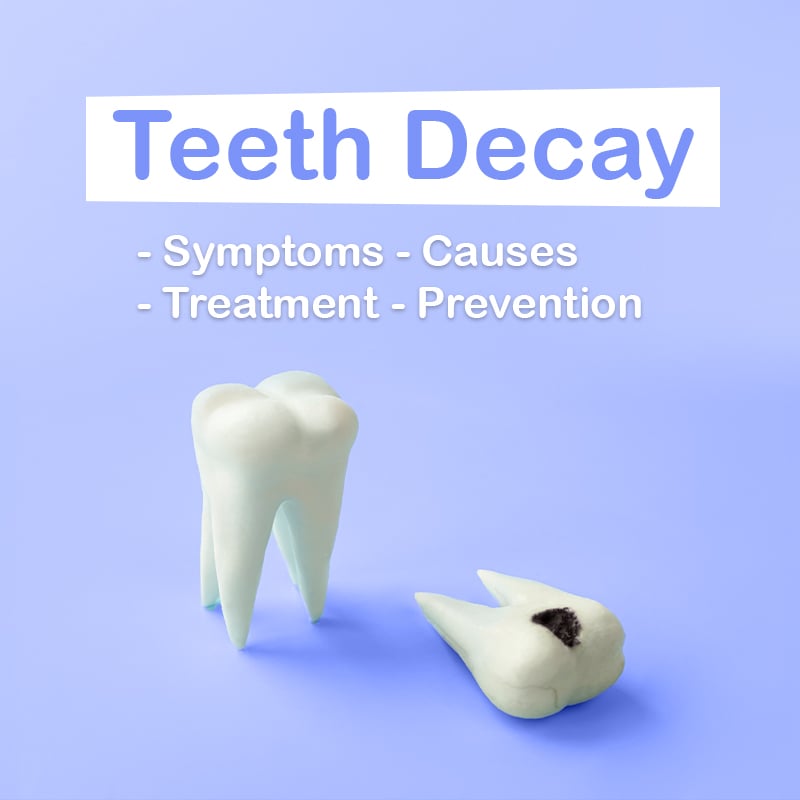
Stages of tooth decay
Cavities in teeth occur as a result of tooth decay, which is a process that develops over time. We will explain how tooth decay progresses:
-
Formation of dental plaque: Dental plaque is a sticky, colorless film that forms on the patient's teeth, resulting from consuming a lot of carbohydrates and sugars and not cleaning the teeth properly. When the teeth are not cleaned of sugars and carbohydrates, bacteria quickly feed on them and form plaque. Any remaining plaque on the patient's teeth can harden below or above the gum line, transforming into tartar (dental calculus), which makes it harder to remove plaque as it forms a shield for bacteria.
-
Plaque attacks: The acids in the plaque remove the minerals in the tooth's hard outer enamel. This erosion causes small openings or cavities in the enamel, which are the early stages of tooth decay. Once areas of the enamel are eroded, bacteria and acids can reach the next layer of the tooth called dentin. Dentin is softer than enamel and less resistant to acids. Dentin contains tiny tubes that connect directly to the tooth's nerve, leading to tooth sensitivity.
-
Continued tooth destruction: As decay progresses, bacteria and acids continue their journey inside the patient's teeth, reaching the innermost layer called the pulp, which contains blood vessels and nerves. The pulp becomes swollen and irritated due to bacteria. As there is no room for expansion inside the tooth, pressure is applied to the nerve, causing pain. The discomfort can extend beyond the tooth root and reach the surrounding bones.
Tooth decay treatment
- Regular check-ups can help detect tooth decay and other dental diseases before they worsen, and the treatment for tooth decay depends on its progression and your specific situation. Treatment options may include:
- Fluoride treatments: If the decay is in its early stages, fluoride treatment can help restore tooth enamel and sometimes reverse early decay. Fluoride treatments can be in the form of a liquid, gel, or varnish applied to your teeth using a brush.
- Dental fillings: Dental fillings are the primary treatment option when decay has progressed beyond the early stage. The decayed portion of the tooth is removed, and the cavity is filled with dental filling material, such as composite resin or amalgam.
- Dental crowns: In cases of severe decay, you may need a dental crown, which is a cap that replaces the natural crown of the tooth. The crown provides strength and protection to the damaged tooth.
- Root canal therapy: When decay reaches the tooth's pulp, you may need root canal treatment. This involves removing the infected or severely damaged pulp, cleaning the root canal, and sealing it to prevent further infection. A dental crown is usually placed on the treated tooth for added protection.
- Tooth extraction: Sometimes, a severely decayed tooth becomes too damaged to restore and needs to be extracted or removed.
Tooth decay in children
Pediatric dentists can help improve oral health by focusing on reducing or eliminating the major risk factors for tooth decay. These factors include a diet high in sugar, frequent snacking, and lack of proper dental care. Families can adopt good habits, starting with not allowing the child to fall asleep with a bottle.
How to prevent tooth decay?
Here are some tips:
-
Brush your teeth with fluoride toothpaste at least twice a day, especially after meals, and use dental floss to clean between your teeth.
-
Use mouthwash as instructed by your dentist.
-
Regularly visit the dentist.
-
Drink tap water as it contains fluoride, unlike bottled water.
-
Consider using dental sealants, which are a protective plastic coating applied to the chewing surface of the back teeth.
-
Avoid consuming sugary drinks or beverages frequently.
-
Consume foods that promote dental health.
-
Try fluoride treatments.
-
Inquire about antibacterial treatments.
-
Comprehensive treatments.
Tooth decay pictures

Resources:
- Cavities/tooth decay
- https://www.mayoclinic.org/diseases-conditions/cavities/symptoms-causes/syc-20352892
- American Academy of Pediatrics Updates Recommendations On Maintaining ,Improving Children's Oral Health..
- https://www.aap.org/en/news-room/news-releases/aap/2022/american-academy-of-pediatrics-updates-recommendations-on-maintaining-improving-childrens-oral-health/

